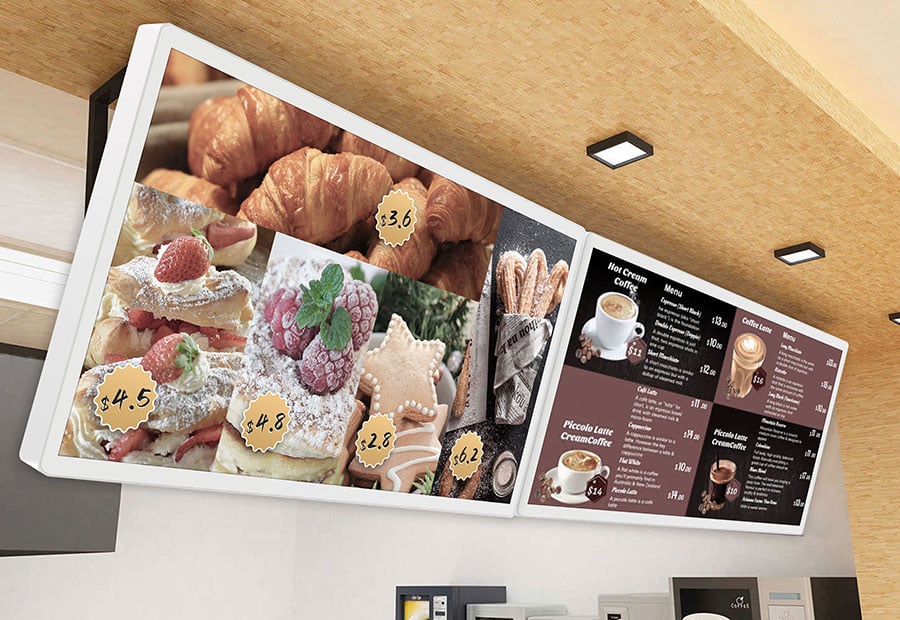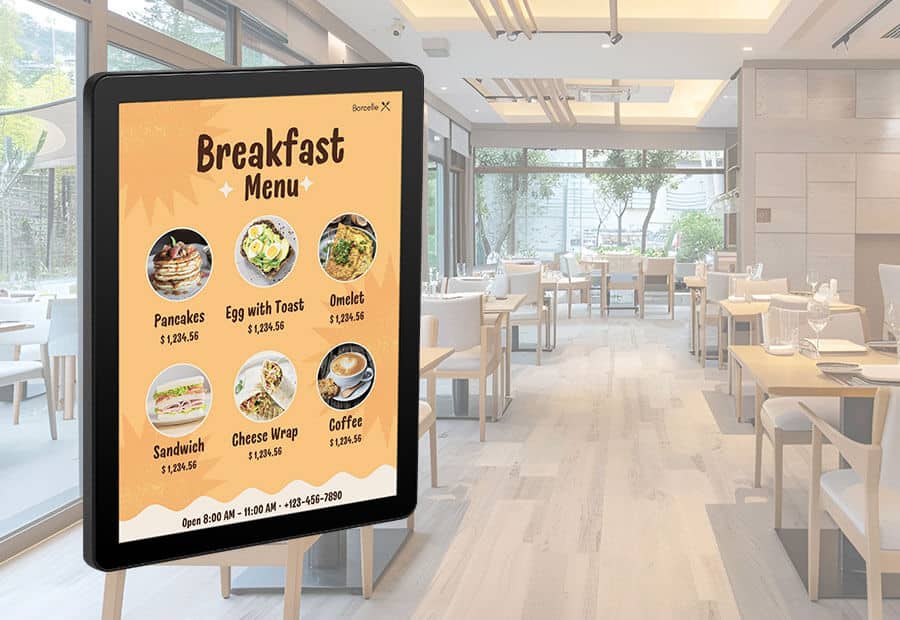The Advantages of Electronic Paper Displays for Readers
The Advantages of Electronic Paper Displays for Readers
Blog Article
Display technology is now a built-in element of our day-to-day lives, appearing in everything from smartphones and e-readers to large-scale advertising panels. One of the varied array of E ink computer display, OLED (Organic Light-Emitting Diodes), and LED (Light-Emitting Diodes) have surfaced as some of the very most commonly mentioned options. While every type serves its own special purpose, their differences in features, efficiency, and use cases cause them to become suitable for certain applications. Let's take a deeper consider the key traits of those display technologies.
Electronic Paper displays (ePaper)
Electronic Paper displays, also referred to as ePaper or Electronic Ink displays, are made to simulate the look and readability of standard Ink on paper. This engineering utilizes little microcapsules containing charged black and white contaminants stopped in a definite fluid. When an electrical field is applied, the particles go on to each side of the supplement, making a visible image. The picture stays static till yet another electric subject is applied, rendering it ideal for displaying text-based material such as publications, newspapers, and e-readers.

Among the main features of ePaper displays is their minimal power consumption. Unlike conventional LCD
Knowledge Electronic Paper displays
A digital Paper display (ePaper) mimics the look of Ink on paper. Unlike conventional displays, ePaper depends on their capability to reflect surrounding mild as opposed to emitting their own. That engineering not only minimizes vision stress but additionally provides unmatched readability in sunlight, rendering it suitable for e-readers and digital signage solutions.
One standout function of ePaper displays is their very minimal power consumption. Because they only use power when changing material, ePaper displays are very successful and ideal for battery-powered devices. Nevertheless, their renew prices are slower in comparison to OLED and LED displays, decreasing their applicability to fixed or minimally active content.
OLED displays
OLED displays are known for their gorgeous aesthetic quality, providing vivid shades, strong blacks, and exemplary contrast. Each pixel within an OLED display emits its own gentle, eliminating the necessity for a backlight. That not merely permits thinner, more lightweight models but additionally effects in better energy efficiency compared to LED in certain scenarios.
One important advantage of OLED displays is their flexibility. They could be manufactured in circular or collapsible designs, creating them common in cutting-edge smartphones and wearable devices. However, OLED monitors include problems, such as for example susceptibility to burn-in and shorter lifespans compared to different technologies.
LED displays
LED displays, the most frequent of the three, depend on a backlit system to mild their pixels. Without as creatively impressive as OLED E ink signage, LEDs are very durable, long-lasting, and cost-effective. These features make them suited to a broader selection of programs, including TVs, computer displays, and outdoor advertising.
LED displays an average of perform properly with regards to lighting, making them a great choice for environments with large ambient light. However, they flunk in achieving exactly the same deep contrast and shade accuracy as OLED technology.

Final Comparison
When deciding between ePaper, OLED, and LED displays, the decision depends largely on the intended purpose. For static content like studying or signage, ePaper excels having its low power usage and large awareness in normal light. OLED shines in purposes where lively colors and flexibility are paramount. Meanwhile, LED stays a dependable and cost-efficient option for a number of general-purpose needs.
Each display technology provides anything unique to the desk, ensuring that there's an ideal choice for every situation. Understanding these variations will help users and companies make knowledgeable choices that suit their specific display requirements. Report this page